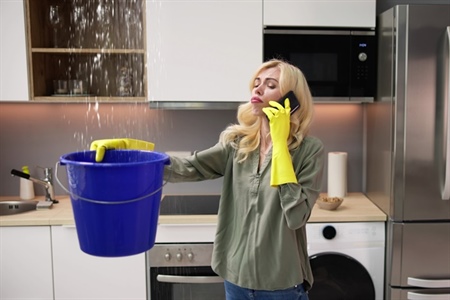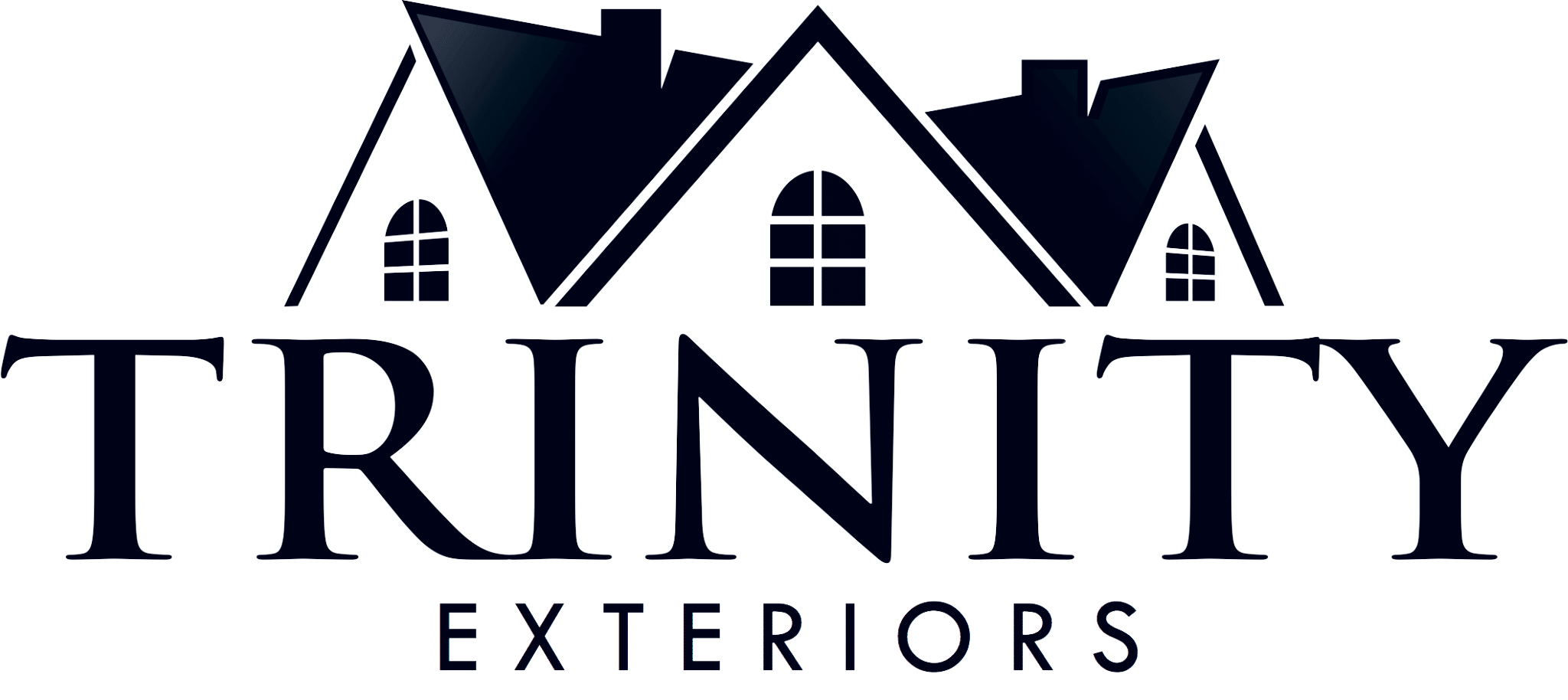Blog
January 6, 2025
Meet the Team of Trinity Exteriors

Roof leaks are one of the most common and potentially damaging issues homeowners face, particularly in regions like Minnesota, where weather conditions can be harsh and unpredictable. Identifying and preventing roof leaks early is crucial to protecting your home from costly damage. Even a small, unnoticed leak can quickly escalate into a significant problem, leading to structural damage, mold growth, and expensive repairs.
Understanding the early signs of roof leaks, the impact of weather on your roof's integrity, and the best methods to prevent leaks are essential for homeowners who want to maintain the longevity of their roofs. Regular roof inspections are also critical in catching potential issues before they become severe.
In this article, we’ll explore these topics in detail, providing you with the knowledge to safeguard your home effectively. We will discuss the early signs of roof leaks that you should be aware of, how weather conditions contribute to leaks, and the most effective methods for preventing these issues. By understanding these key aspects of roof maintenance, you’ll be better equipped to protect your home from the elements!
Identifying the Early Signs of Roof Leaks
Recognizing the early signs of roof leaks can save you from more significant problems down the line. Common indicators include water stains on your ceilings or walls, damp spots in your attic, and a musty smell in your home. These signs often point to moisture entering your home, which, if left untreated, can lead to extensive damage.
Another early sign to watch for is missing, cracked, or curled shingles. These issues can expose your roof to water infiltration, particularly during heavy rain or snow. Flashing, which seals the areas around chimneys, skylights, and vents, is also prone to wear and tear, leading to potential leaks.
Understanding How Weather Conditions Lead to Roof Leaks
Minnesota’s weather can be particularly harsh on roofs, with its mix of heavy snow, ice, rain, and strong winds. These conditions can compromise your roof’s integrity over time. For example, ice dams that form along the edges of your roof can trap water, causing it to seep under shingles and lead to leaks.
Wind-driven rain can also be problematic, especially if your roof has pre-existing vulnerabilities like loose or damaged shingles. Over time, exposure to extreme temperatures can cause roofing materials to expand and contract, creating gaps that allow water to penetrate.
Understanding how weather impacts your roof is crucial in preventing leaks. Regular maintenance and prompt repairs can mitigate the effects of weather-related wear and tear, helping to keep your roof in optimal condition.
The Best Methods to Prevent Roof Leaks
Preventing roof leaks starts with proactive maintenance. Regular roof inspections are essential to catch potential problems before they escalate. Cleaning your gutters is another critical step, as clogged gutters can cause water to back up and seep into your roof’s structure.
Ensuring that your attic is properly ventilated can also help prevent leaks. Poor ventilation can lead to moisture buildup, which can cause mold growth and weaken your roof’s materials. Additionally, trimming overhanging branches can prevent them from damaging your roof during storms.
Investing in quality roofing materials and professional installation is the best long-term strategy for leak prevention. Trinity Exteriors offers comprehensive roof inspection services to help you maintain your roof’s integrity and avoid costly leaks.
How Often Should You Inspect Your Roof for Leaks?
Regular roof inspections are vital in maintaining your roof’s health and preventing leaks. Experts recommend inspecting your roof at least twice a year, typically in the spring and fall. This routine allows you to identify and address any roofing issues that may have developed over the winter or summer months.
In addition to biannual inspections, you should also inspect your roof after major storms or severe weather events. Strong winds, heavy rain, or hail can cause damage that isn’t immediately visible but can lead to leaks if left unattended.
Understanding the Costs Associated with Repairing Roof Leaks
The cost of repairing roof leaks can vary depending on the severity of the damage and the materials involved. Minor repairs, such as replacing a few shingles or sealing a small leak, can be relatively inexpensive. However, more extensive damage, such as leaks that have caused structural damage or mold growth, can be significantly more costly.
It’s essential to address leaks promptly to avoid more expensive repairs down the line. Delaying repairs can lead to additional damage, increasing both the complexity and cost of the repair work.
For homeowners in the Twin Cities, Trinity Exteriors offers competitive pricing for roof repairs. We recommend contacting us directly to discuss your specific situation and receive a detailed estimate. For more information on our services, please give us a call at 952-920-9520 or send us a message online!
